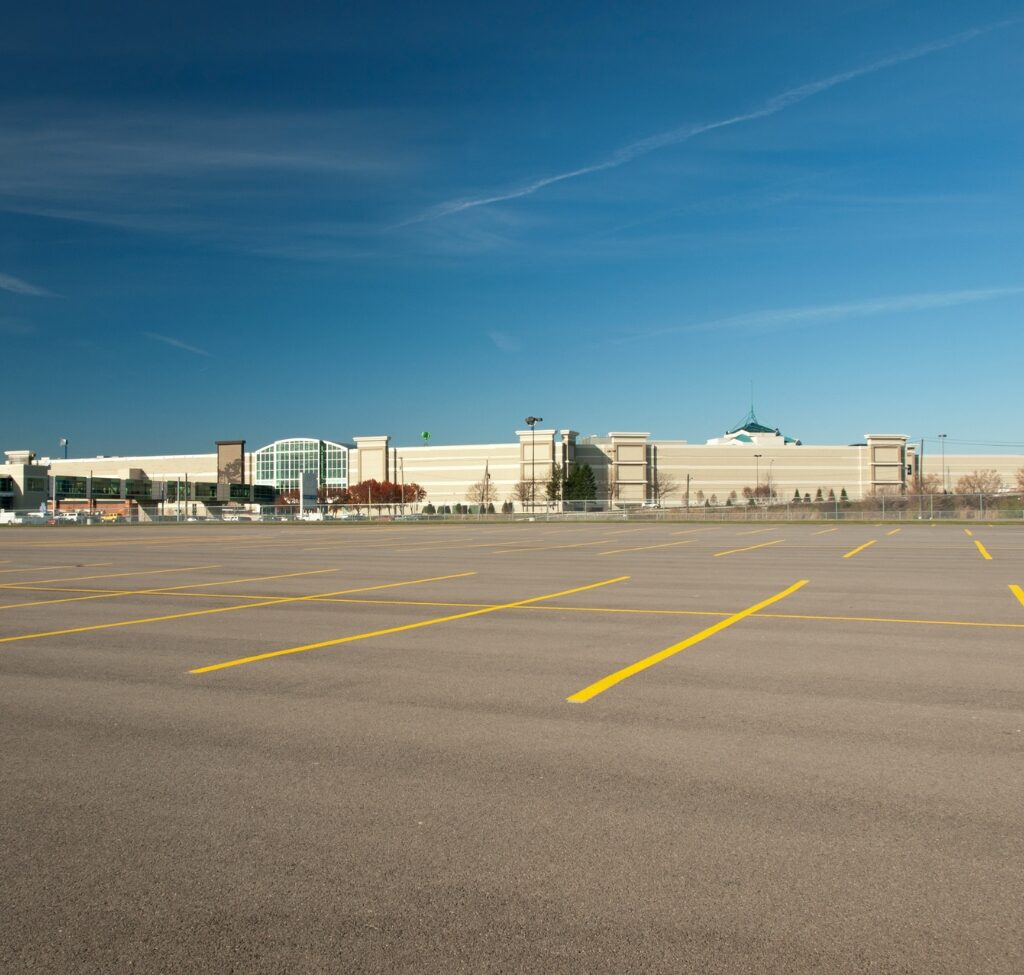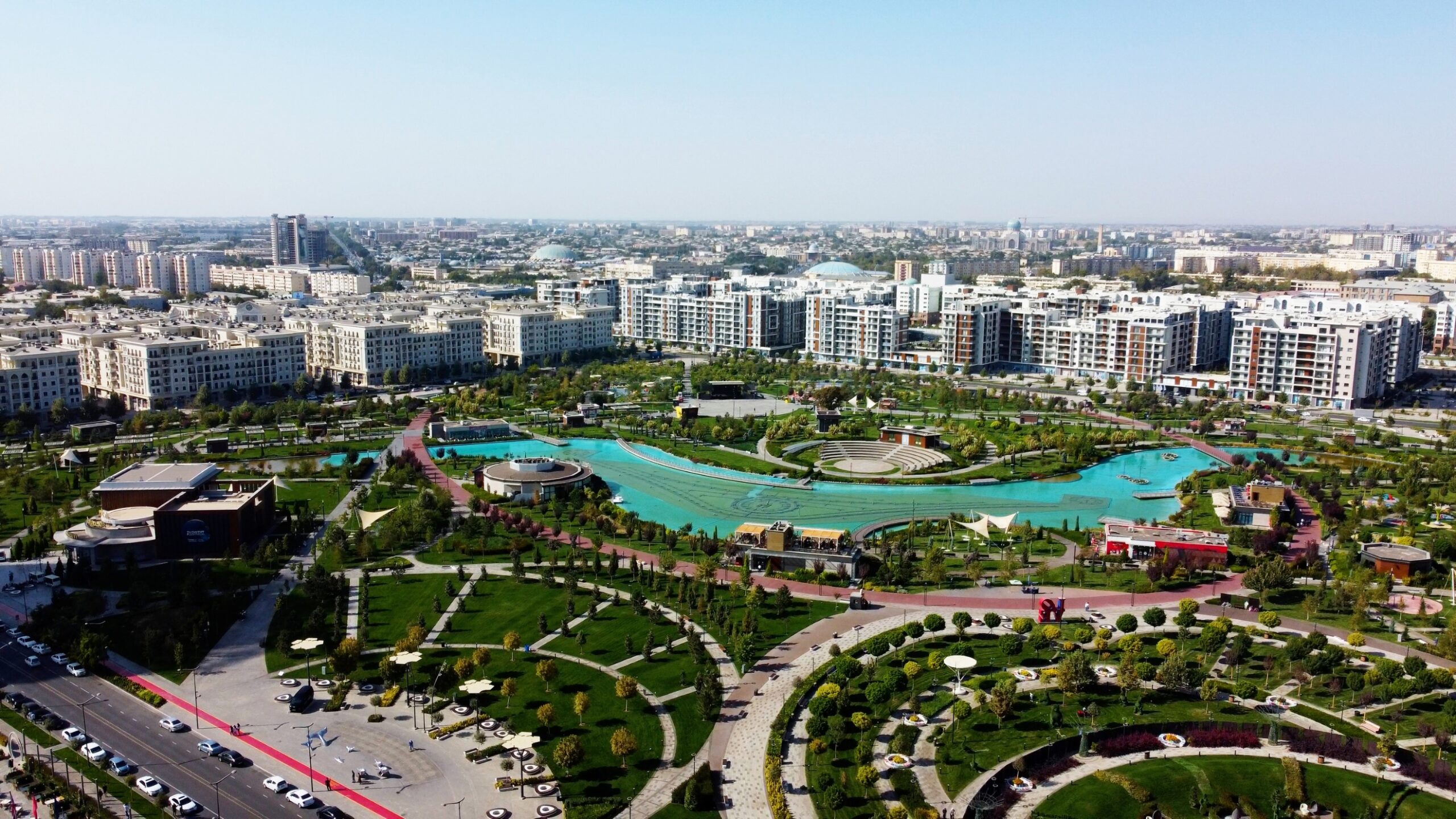Business parks are a designated area of land developed for commercial use. Companies build offices, warehouses, and light industrial facilities in these zones. This arrangement creates a central hub for business activity. Understanding how these parks function can help your company make smart location decisions.
This guide explains what a business park is. We will explore its benefits and the key factors driving site selection today. You will learn about modern park design and what makes a location a sound investment for future growth.
What is a Business Park?
A business park is a planned development that clusters various companies together. Think of it as a neighborhood designed specifically for commerce. These parks are typically located on the outskirts of cities. They offer easy access to major transportation routes. The core idea is shared infrastructure. Businesses benefit from shared roads, utilities, and services. This model reduces costs for individual companies. It also creates a professional environment that can attract skilled employees and clients.
Business Parks vs. Industrial or Science Parks
People often use different terms for these developments. It is helpful to know the distinctions.
- Business Parks: These usually host a mix of tenants. You might find corporate offices, customer service centers, and light manufacturing or assembly operations. The focus is broad and commercial.
- Industrial Parks: These are tailored for heavy industry. They accommodate large-scale manufacturing, distribution centers, and logistics operations. Zoning is strict to manage the environmental impact of these activities.
- Science Parks (or Research Parks): These are hubs for innovation. They are often located near universities or research institutions. Tenants typically include tech startups, R&D labs, and biotechnology firms. The goal is to foster collaboration and knowledge sharing.

Why Companies Choose Business Parks
Companies gain significant advantages by locating in a business park. The decision involves weighing multiple strategic factors. A primary driver is access to a skilled workforce. Parks are often situated to draw talent from surrounding residential areas. Another key benefit is robust infrastructure. High-quality roads, reliable internet, and modern utilities are standard features. These elements are essential for smooth operations.
Financial incentives also play a major role. Local and state governments may offer tax credits or other benefits to attract businesses. These incentives can lower the initial investment and ongoing operational costs.
Energy reliability has become a critical concern. Businesses, especially in manufacturing and data services, need a stable power supply. Parks with modern electrical grids or on-site generation offer a competitive edge. Sustainability is another growing priority. Companies are increasingly looking for locations that support their environmental goals. Parks with green initiatives help them meet these objectives.
Site Selection in 2025: What Matters Most
Choosing the right location is a complex process. In 2025, site selection teams are focusing on a specific set of criteria to mitigate risk and maximize opportunity.
- Labor Availability: Access to a qualified and reliable workforce remains the top priority.
- Logistics: Proximity to highways, ports, and airports is crucial for supply chain efficiency.
- Government Incentives: Tax breaks and financial support continue to influence decisions.
- Energy Costs and Availability: Rising energy prices and concerns about grid stability have made this a major factor [^2].
- Risk Mitigation: Teams evaluate environmental risks, regulatory hurdles, and market saturation.
- Sustainability: The park’s ability to support green initiatives is a key consideration.
Modern Business Park Design and Features
Today’s business parks are evolving beyond simple clusters of buildings. They are becoming integrated communities designed for efficiency and well-being. Many new developments incorporate mixed-use amenities. On-site cafes, fitness centers, childcare facilities, and green spaces improve the quality of life for employees. This makes the park a more attractive place to work.
Shared utilities are a cornerstone of modern design. Centralized systems for water, electricity, and telecommunications create economies of scale. Advanced wastewater treatment is also common. Some parks have plants that can treat industrial effluents, reducing the environmental burden. Renewable energy is a defining feature. Many parks integrate solar panels on rooftops or have dedicated solar or wind farms. These installations help lower carbon footprints and can provide tenants with cheaper, more reliable power.
The circular economy is another important concept. Parks facilitate industrial symbiosis, where the waste from one company becomes a resource for another. This minimizes waste and promotes resource efficiency. Finally, safety and security are paramount. Modern parks feature advanced surveillance, controlled access points, and 24/7 security services.
Understanding the Eco-Industrial Park Framework
A special category of business parks is the Eco-Industrial Park (EIP). These developments are explicitly designed around sustainability. An international framework guides their creation and operation, focusing on four key performance areas.
- Park Management Performance: This involves providing efficient, centralized services. An empowered management entity oversees operations, monitors performance, and engages with all stakeholders.
- Environmental Performance: EIPs aim to minimize their environmental footprint. This includes managing energy, water, and waste effectively. They prioritize renewable energy, water recycling, and circular economy practices. For example, a park might use waste heat from an industrial process to warm adjacent office buildings.
- Social Performance: EIPs are committed to social well-being. This means ensuring fair labor practices, providing safe working conditions, and offering social infrastructure like healthcare facilities and training centers. Community outreach and dialogue are also essential.
- Economic Performance: An EIP must be economically viable. It should create jobs, support local businesses, and deliver a return on investment for its tenants and developers.
A Checklist for Choosing Your Business Park
When evaluating potential locations, use this checklist to guide your decision-making process.
- Location & Accessibility: Is it near major transport routes? What is the commute like for employees?
- Infrastructure: Are utilities reliable? Is high-speed internet available?
- Workforce: Does the local area have the talent pool you need?
- Costs: What are the lease rates, taxes, and utility costs?
- Amenities: What on-site services are available for employees?
- Zoning & Regulations: Does the park’s zoning fit your business activities?
- Sustainability: Does the park have green initiatives that align with your goals?
- Management: Is there a professional park management entity?
- Scalability: Is there room for your business to grow in the future?
Common Pitfalls and ROI Tips
Avoid common mistakes when selecting a park. Do not underestimate the importance of due diligence on zoning and environmental regulations. A location might seem perfect, but hidden restrictions can cause major problems later. Another pitfall is ignoring future growth. Choosing a site with no room for expansion can force a costly move down the line.
To maximize your return on investment, leverage shared services. Using the park’s centralized waste management or security can be more cost-effective than arranging your own. Also, take full advantage of any available incentives. These can significantly reduce your operating expenses. Finally, engage with other tenants. Networking can lead to new business opportunities and collaborative efficiencies.
The Future of Business Parks
Business parks are no longer just collections of buildings; they are becoming resilient micro-economies. The most significant shift ahead lies in their transformation into self-sufficient energy islands. Faced with aging public grids and rising power demands from data centers and advanced manufacturing, parks are being forced to innovate. The future belongs to parks that can generate, store, and manage their own power locally. These developments will not only offer tenants protection from blackouts and price volatility but will also become critical components of a more decentralized and stable energy future. This energy independence will become the ultimate amenity, defining a new class of competitive and sustainable business locations.

